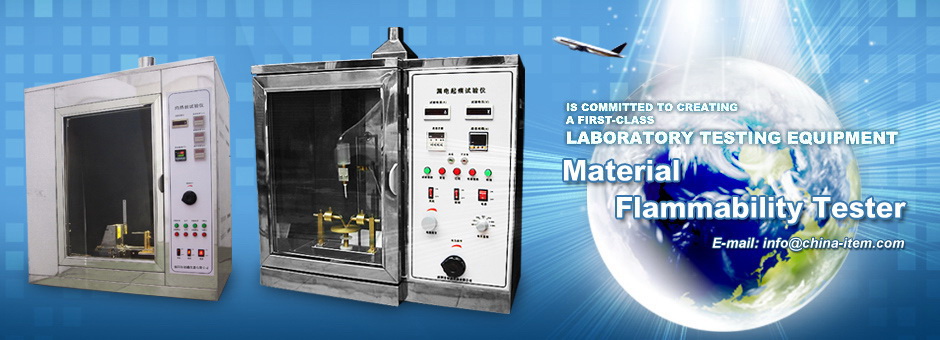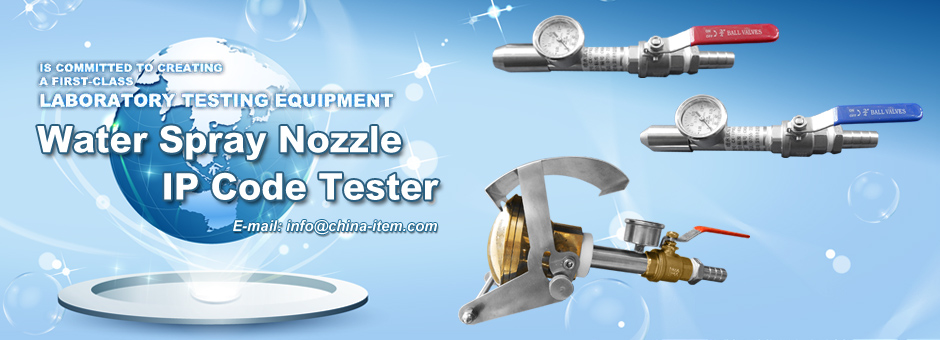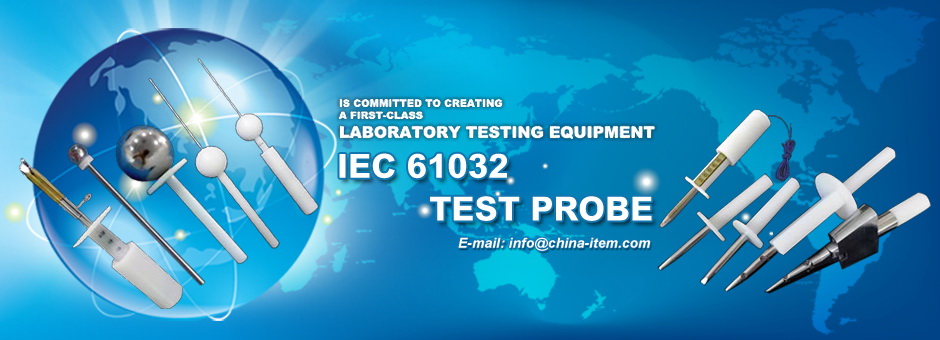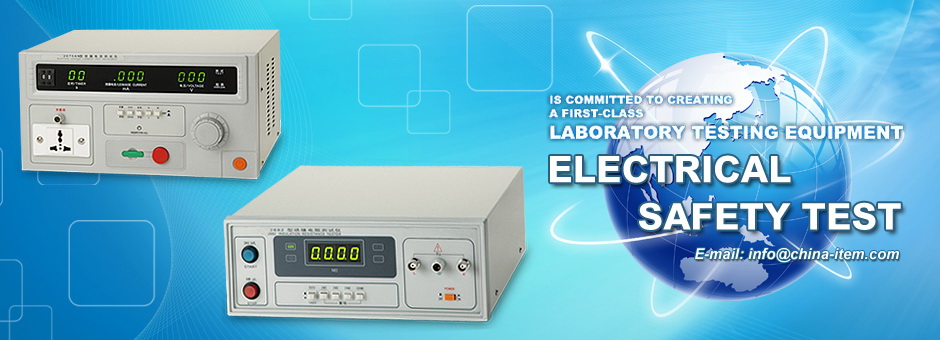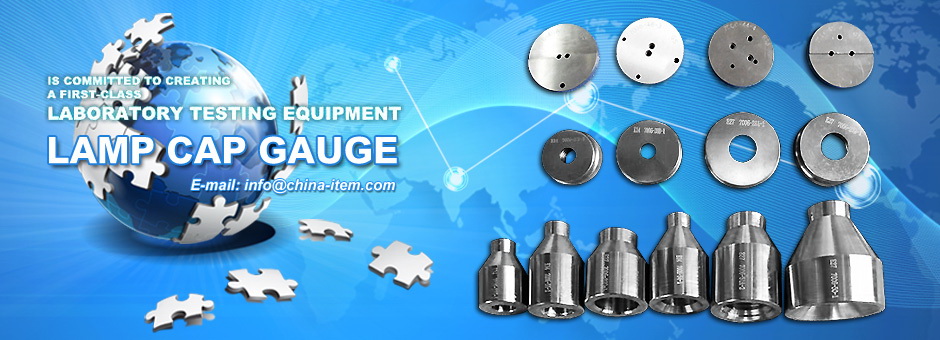contact us
products
- Main Products
- IEC Test Probe
- UL Test Probe
- Material Flammability Tester
- IP Code Tester
- Impact Test Apparatus
- Security Testing Machine
- Lamp Cap Gauge Tester
- Lampholders Gauge Tester
- Plug & Socket Tester
- Electrical Safety Tester
- LED Test Instruments
- Environmental Test Equipment
- Instrument Accessories
- Weighing Sensor
- Others Testing Equipment
technical articles
Company News
What it’s not
Okay, so you know that you can measure laser power with a thermal or photodiode head. An integrating sphere is actually not an additional sensor category. It is more like a super-accessory for a photodiode detector, which does the actual power measurement.
What it is
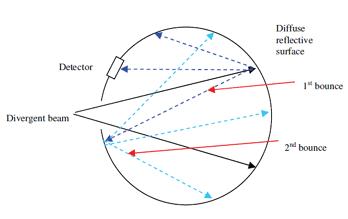
Integrating Sphere
As you can see in this picture, a widely diverging beam enters the aperture of an integrating sphere and bounces around. The unique quality of an integrating sphere is its highly-reflective, scattering coating. This effectively takes the incident beam and spreads it evenly throughout the sphere.
Click here to read more about how integrating sphere laser sensors work.
So what’s it good for?
Now, you might be asking yourself, “Well, that seems pretty nifty, but why not just use the photodiode itself?”
In many cases, a photodiode is indeed more than sufficient. However, for some lasers with very high divergence, the photodiode will not be able to measure the entire beam. Since the integrating sphere divides the beam uniformly in the sphere, we can use a small photodiode detector to measure a known fraction of the beam’s power. (This fraction is the ratio of the photodiode aperture to the entire sphere.)
On top of that, the integrating sphere also lowers the power entering the photodiode, so one can use an integrating sphere sensor for much higher powers than a regular photodiode.




